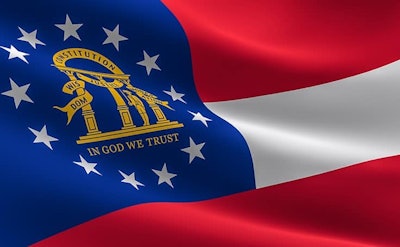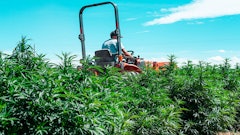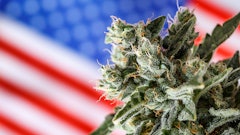
The number of Georgians enrolled in the state’s medical cannabis program has increased by more than 70% in one year, according to a local WABE report.
The news outlet reported that 14,511 residents now hold medical cannabis cards that allow them to access low-THC cannabis oil (containing less than 5% THC), which is a dramatic increase from the 8,402 patients enrolled in the program roughly one year ago.
The leading health condition among the cardholders is intractable pain, WABE reported, followed by peripheral neuropathy, cancer, seizures, post-traumatic stress disorder, multiple sclerosis, autism and Crohn’s disease.
Nearly 1,000 physicians have registered to recommend medical cannabis oil in the state, according to the news outlet.
The Georgia Access to Medical Cannabis Commission is still working on establishing ways to distribute medical cannabis oil in the state, meaning that those enrolled in the program still have no legal way to purchase the product, but in recent months, the state has made progress in making the oil available to patients.
Last fall, Georgia’s medical cannabis program seemed to have stalled as patients waited for Gov. Brian Kemp and other top state officials to appoint members to the commission, which is charged with overseeing the industry.
Georgia law has allowed patients approved by a physician to possess up to 20 fluid ounces of cannabis oil since 2015, but the sale or transportation of the oil in the state was prohibited, leaving patients no legal way to access it.
Last spring, Kemp signed a law that will eventually establish a regulated system for the in-state production, processing and sale of medical cannabis oil, and in November, he and other officials appointed seven members to the Georgia Access to Medical Cannabis Commission to kick-start the program.
The commission held its first meeting in December, and six companies will ultimately be licensed to cultivate medical cannabis, and the oil will be distributed through licensed dispensary locations. The commission also plans to explore ways to import cannabis oil from other states or produce it at state universities.
























